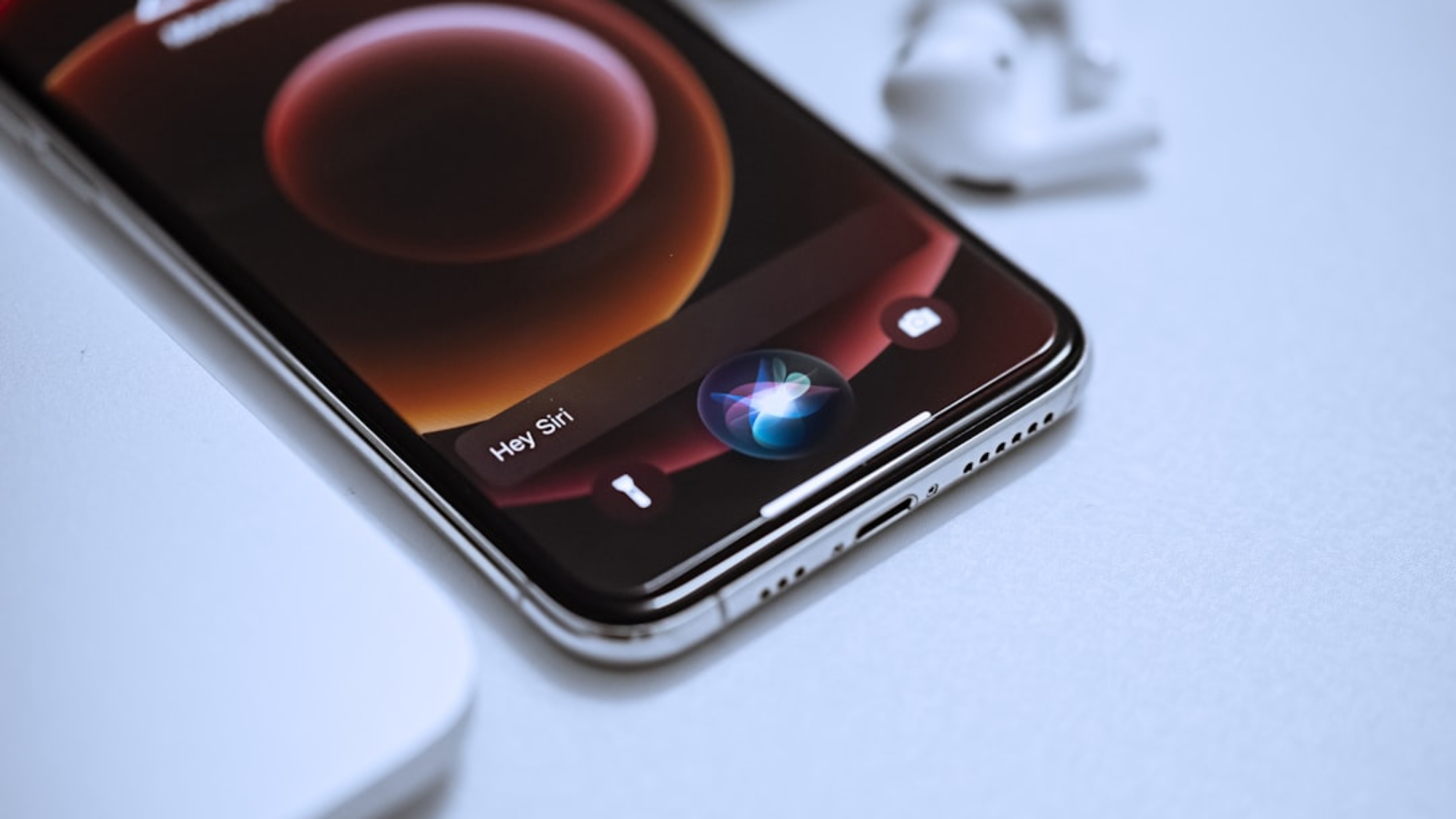In today’s digital age, smartphones have become an essential part of our lives. We use them for communication, entertainment, and even as a tool for productivity. With the increasing reliance on smartphones, it is important to take care of them to ensure their longevity and optimal performance. In this article, we will discuss some tips to keep your smartphone in good condition.
Keep Your Smartphone Clean and Free from Dirt and Dust
Keeping your smartphone clean is not just about aesthetics; it also plays a crucial role in maintaining its functionality. Dirt and dust can accumulate in the charging port, headphone jack, and other openings, which can hinder the proper functioning of your device. Additionally, a dirty screen can affect touch sensitivity and visibility.
To clean your smartphone properly, start by turning it off and unplugging any cables. Use a soft, lint-free cloth or a microfiber cloth to wipe the screen and the body of your device. Avoid using harsh chemicals or abrasive materials as they can damage the screen or remove the oleophobic coating. If there are stubborn stains or fingerprints, you can dampen the cloth with a small amount of water or use a screen cleaning solution specifically designed for smartphones.
Avoid Overcharging Your Smartphone to Prevent Battery Damage
Overcharging your smartphone can lead to battery damage and reduce its overall lifespan. When you leave your phone plugged in after it reaches 100%, it continues to receive a trickle charge, which puts stress on the battery cells. This can result in decreased battery capacity over time.
To avoid overcharging your smartphone, unplug it once it reaches 100% or shortly after. If you need to charge your phone overnight, consider using a smart charger that automatically stops charging when the battery is full. It is also recommended to avoid using cheap or counterfeit chargers, as they may not have the necessary safety features to prevent overcharging.
Use a Protective Case and Screen Protector to Avoid Scratches and Cracks
Using a protective case and screen protector is one of the most effective ways to prevent scratches and cracks on your smartphone. Accidental drops and bumps can cause significant damage to the screen and body of your device, leading to costly repairs or the need for a replacement.
There are various types of cases available, including silicone, TPU, and hard plastic. Choose a case that provides adequate protection without adding too much bulk to your device. Additionally, consider investing in a tempered glass screen protector, which offers an extra layer of protection against scratches and cracks.
Uninstall Unnecessary Apps to Free Up Space and Improve Performance
Having too many unnecessary apps on your smartphone can slow down its performance and take up valuable storage space. These apps may run in the background, consuming system resources and draining your battery.
To identify and uninstall unnecessary apps, go to your phone’s settings and look for the “Apps” or “Applications” section. From there, you can see a list of all the installed apps on your device. Review each app and determine if it is essential or if it can be removed. Consider deleting apps that you no longer use or ones that have similar functionality to others already installed.
Keep Your Smartphone Away from Extreme Temperatures and Humidity
Extreme temperatures and humidity can have a detrimental effect on your smartphone’s performance and longevity. Exposure to high temperatures can cause the battery to degrade faster, while low temperatures can affect the screen responsiveness. Humidity can lead to moisture buildup inside the device, which can damage the internal components.
To protect your smartphone from extreme temperatures, avoid leaving it in direct sunlight or in a hot car for extended periods. Similarly, avoid exposing it to freezing temperatures for prolonged periods. If you live in a humid climate, consider using a waterproof case or keeping your phone in a dry environment when not in use.
Use Wi-Fi Instead of Cellular Data to Save Battery Life
Using Wi-Fi instead of cellular data can help conserve your smartphone’s battery life. When you connect to Wi-Fi, your phone uses less power to transmit and receive data compared to when it relies on cellular networks.
To switch to Wi-Fi, go to your phone’s settings and look for the “Wi-Fi” option. Enable it and select a network from the available options. Make sure you are connecting to a secure and trusted network to protect your data. When Wi-Fi is available, your phone will automatically connect to it, saving battery power in the process.
Turn Off Unused Features and Apps to Conserve Battery Power
Unused features and apps running in the background can drain your smartphone’s battery quickly. Features such as Bluetooth, GPS, and NFC consume power even when not in use. Similarly, apps that constantly refresh or send notifications can also contribute to battery drain.
To conserve battery power, go to your phone’s settings and look for the “Battery” or “Power” section. From there, you can see a list of apps and features that are consuming the most power. Disable or turn off any unnecessary features or apps that you do not use regularly. You can also adjust the settings of certain apps to reduce their impact on battery life.
Regularly Update Your Smartphone’s Software to Fix Bugs and Improve Performance
Regularly updating your smartphone’s software is essential for fixing bugs, improving performance, and enhancing security. Software updates often include patches for vulnerabilities that could be exploited by hackers. They also introduce new features and optimizations that can enhance the overall user experience.
To check for software updates, go to your phone’s settings and look for the “Software Update” or “System Update” option. If an update is available, follow the on-screen instructions to download and install it. It is recommended to perform updates over a Wi-Fi connection to avoid using up your cellular data.
Use a High-Quality Charger and Cable to Prevent Damage to Your Smartphone’s Battery
Using a high-quality charger and cable is crucial to prevent damage to your smartphone’s battery. Cheap or counterfeit chargers may not provide the necessary voltage and current regulation, which can lead to overcharging or overheating of the battery.
When choosing a charger and cable, opt for ones that are certified by the manufacturer or reputable third-party organizations. Look for certifications such as UL (Underwriters Laboratories) or MFi (Made for iPhone/iPad/iPod). These certifications ensure that the charger and cable meet safety and quality standards.
Avoid Dropping Your Smartphone or Exposing It to Water or Other Liquids
Dropping your smartphone or exposing it to water or other liquids can cause significant damage. Even a small drop can result in a cracked screen or internal component damage. Water and other liquids can seep into the device, causing corrosion and short circuits.
To protect your smartphone from drops, consider using a protective case and screen protector as mentioned earlier. Additionally, be mindful of where you place your phone and avoid placing it on unstable surfaces. When it comes to water exposure, avoid using your phone near bodies of water or in humid environments. If your phone does get wet, turn it off immediately and dry it thoroughly before attempting to use it again.
Taking care of your smartphone is essential for its longevity and optimal performance. By following the tips mentioned in this article, you can keep your smartphone clean, prevent battery damage, avoid scratches and cracks, free up storage space, protect it from extreme temperatures and humidity, save battery life, conserve power, update software, choose high-quality chargers and cables, and protect it from drops and liquid exposure. Remember that a well-maintained smartphone will not only last longer but also provide a better user experience overall.
FAQs
What are some expert tips for prolonging the life of my smartphone?
Some expert tips for prolonging the life of your smartphone include keeping it updated with the latest software, avoiding extreme temperatures, using a protective case and screen protector, and avoiding overcharging the battery.
How often should I update my smartphone’s software?
It is recommended to update your smartphone’s software as soon as updates become available. This helps to ensure that your device is running smoothly and efficiently.
What temperature range is safe for my smartphone?
The ideal temperature range for your smartphone is between 32°F and 95°F. Avoid exposing your device to extreme temperatures, as this can cause damage to the battery and other components.
Do I really need a protective case and screen protector?
Yes, using a protective case and screen protector can help to prevent damage to your smartphone from accidental drops and scratches. This can help to prolong the life of your device and save you money on repairs.
Is it bad to overcharge my smartphone’s battery?
Yes, overcharging your smartphone’s battery can cause damage and reduce its overall lifespan. It is recommended to unplug your device once it reaches a full charge to avoid overcharging.


